Sierra Nevada Mountains: A First Time Visitor Guide
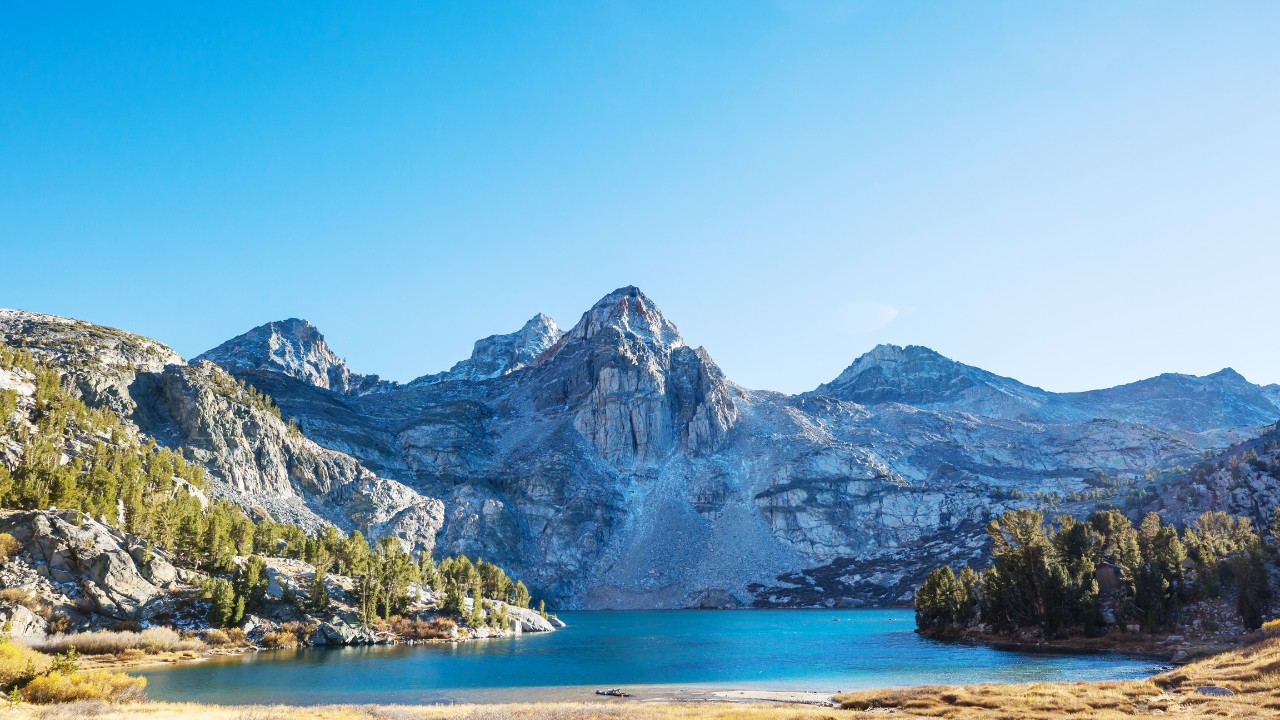
The Sierra Nevada Mountains are a breathtaking natural wonder known for towering granite peaks, alpine lakes, lush forests, and year-round outdoor recreation. Whether you’re looking to hike, ski, camp, or simply take in the spectacular scenery, the Sierra Nevada Mountains offer a very diverse range of activities for every type of visitor. This guide covers everything first-time visitors need to know to make the most of their time in the Sierra Nevadas!
Basic info:
- Name: Sierra Nevada Mountains
- Location: California (some parts in Nevada)
- Free: Certain areas are free, while others require a $35 fee
- Things to do: Hiking, scenic drives, lakes, Sequoias and more (see top recommendations)
Getting There:
The Sierra Nevada range stretches 400 miles from northern to southern California, so how you access the mountains will depend on your location and the specific area you’re visiting. And as there are several access points within that range, here’s some of the most popular spots to visit (and airports to land in):
- Lake Tahoe: Located in the northern Sierra Nevadas, Lake Tahoe is accessible from Reno-Tahoe International Airport (about 50 miles) or Sacramento International Airport (around 115 miles).
- Yosemite National Park: Central in the range, Yosemite is about a 3.5-hour drive from San Francisco or 4 hours from Sacramento. The closest airport is Fresno Yosemite International Airport (about 1.5 hours away).
- Sequoia and Kings Canyon National Parks: Located in the southern Sierra Nevadas, these parks are accessible from Fresno Yosemite International Airport or Los Angeles International Airport (4-5 hours away by car).
Photos:
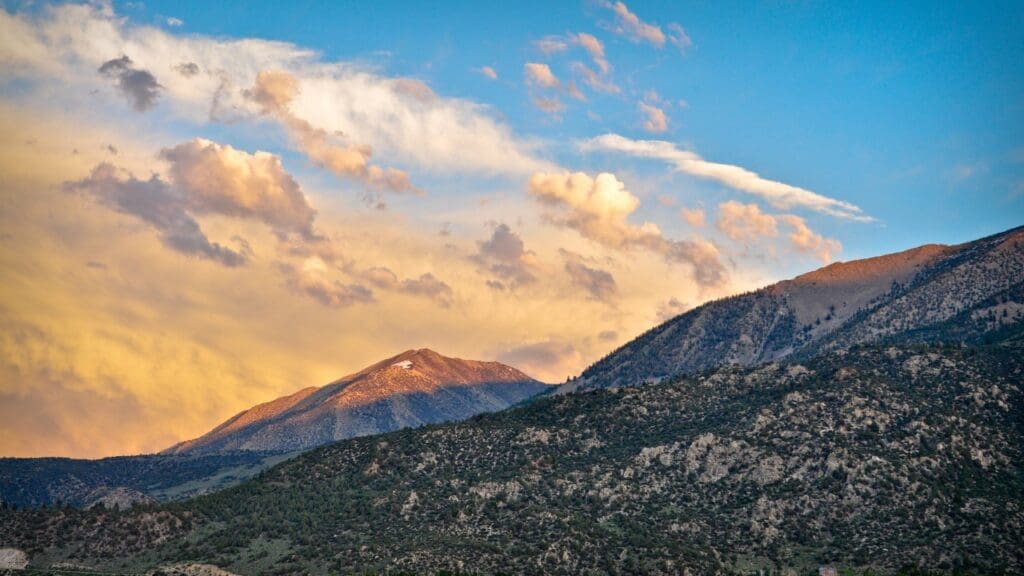
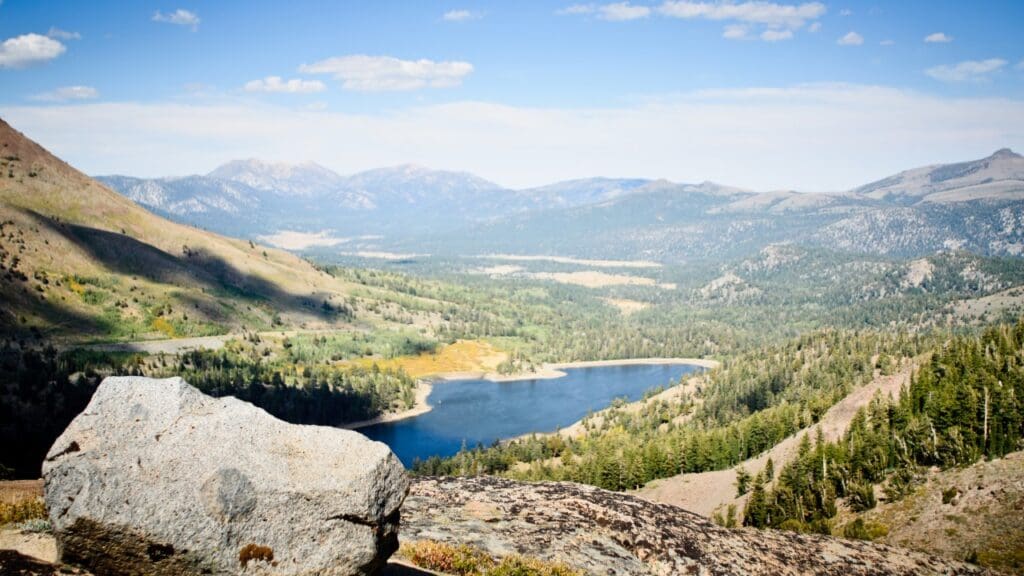
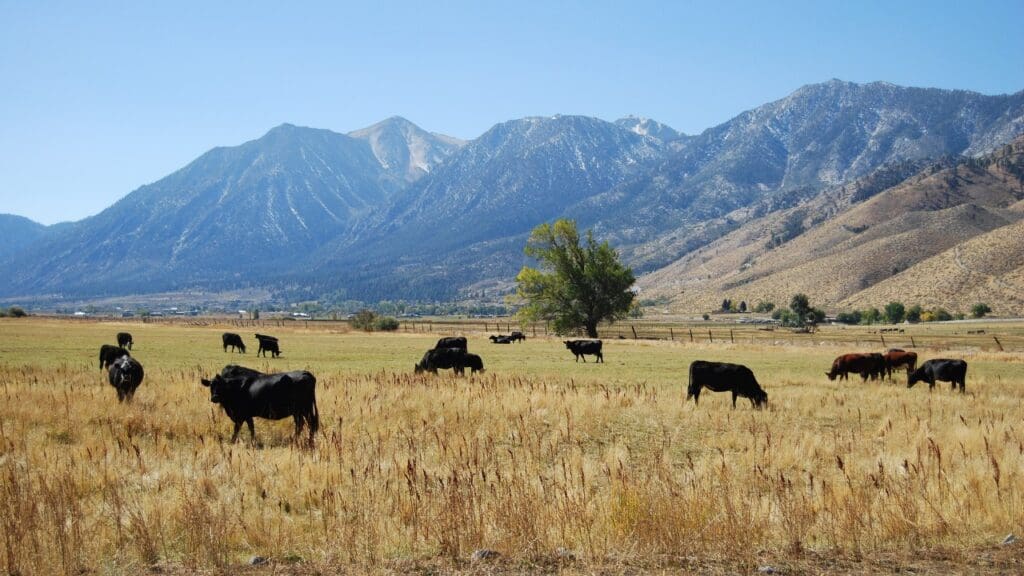
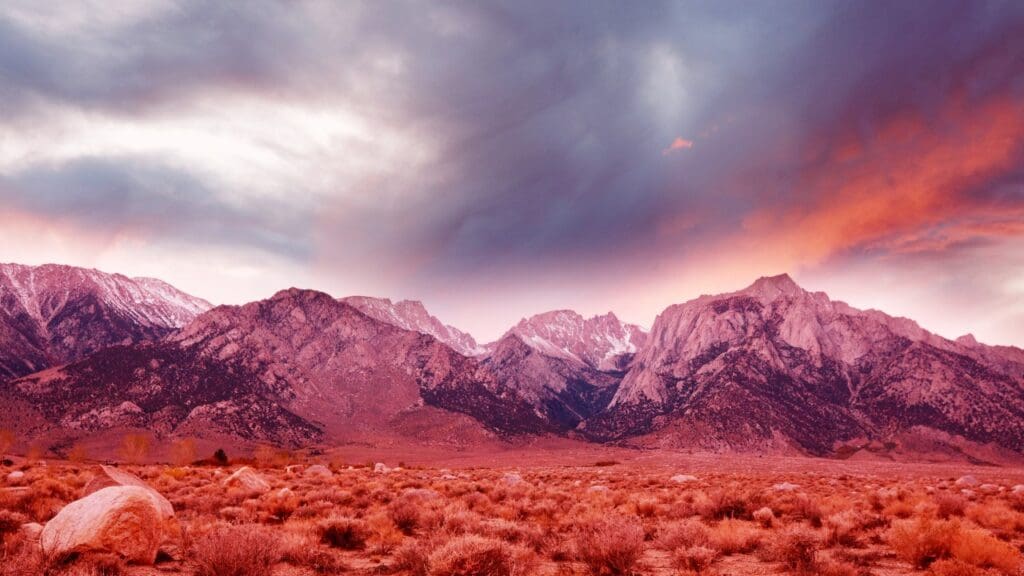
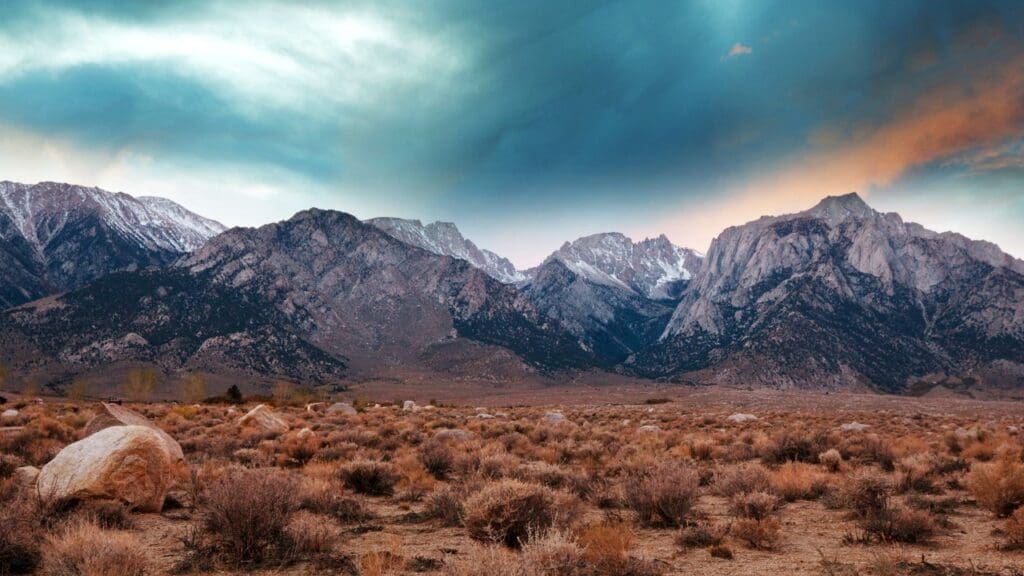
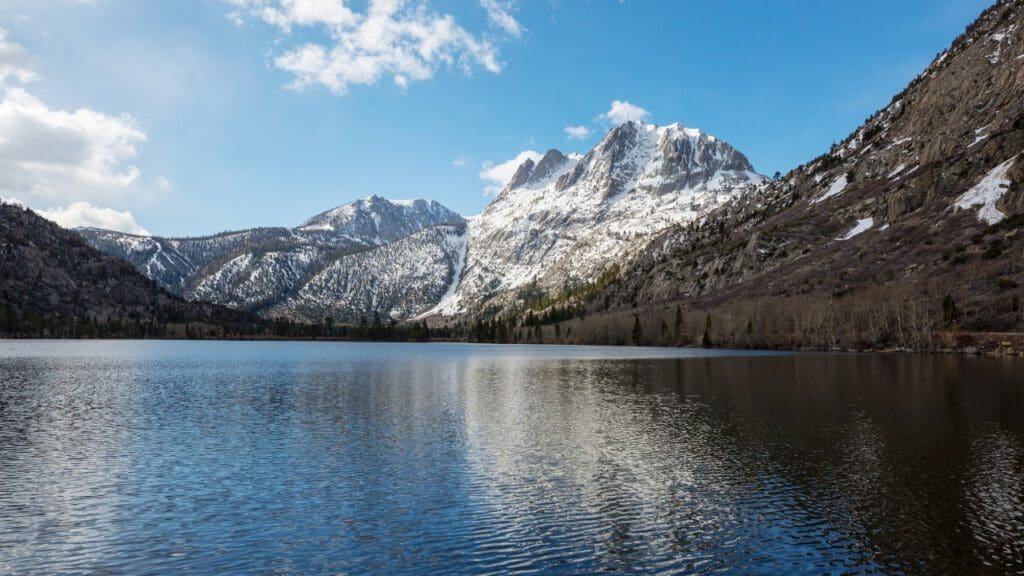
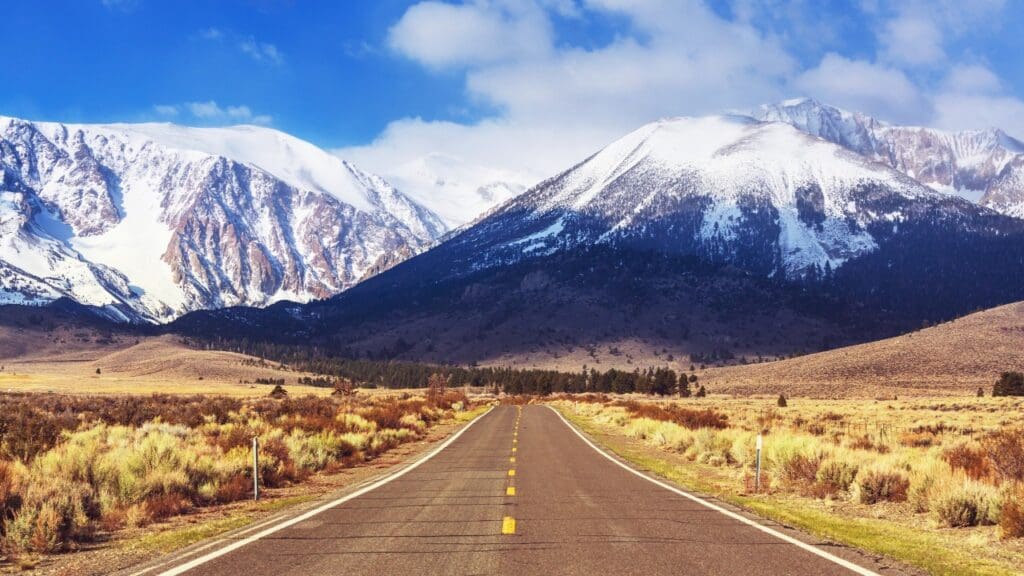

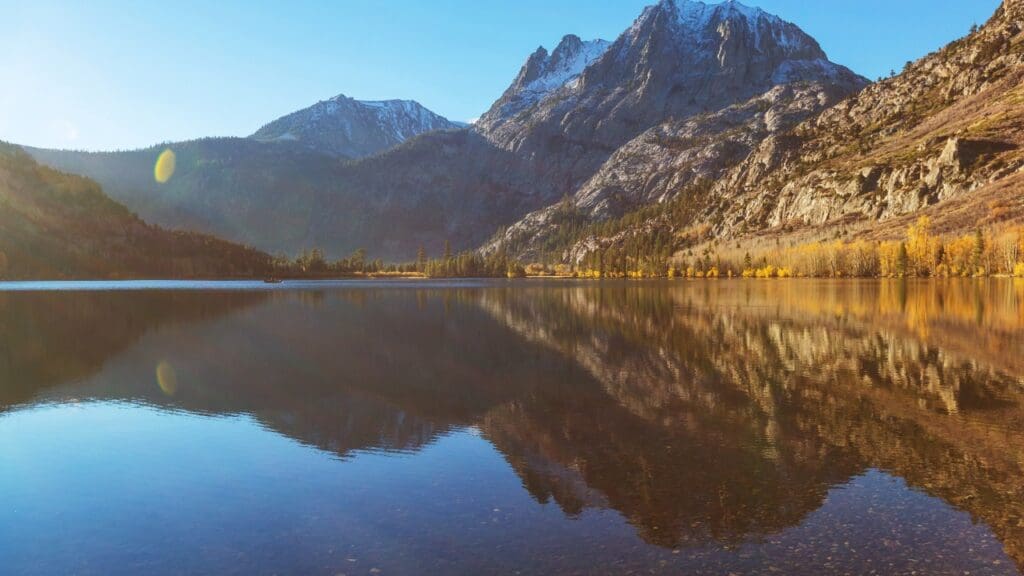
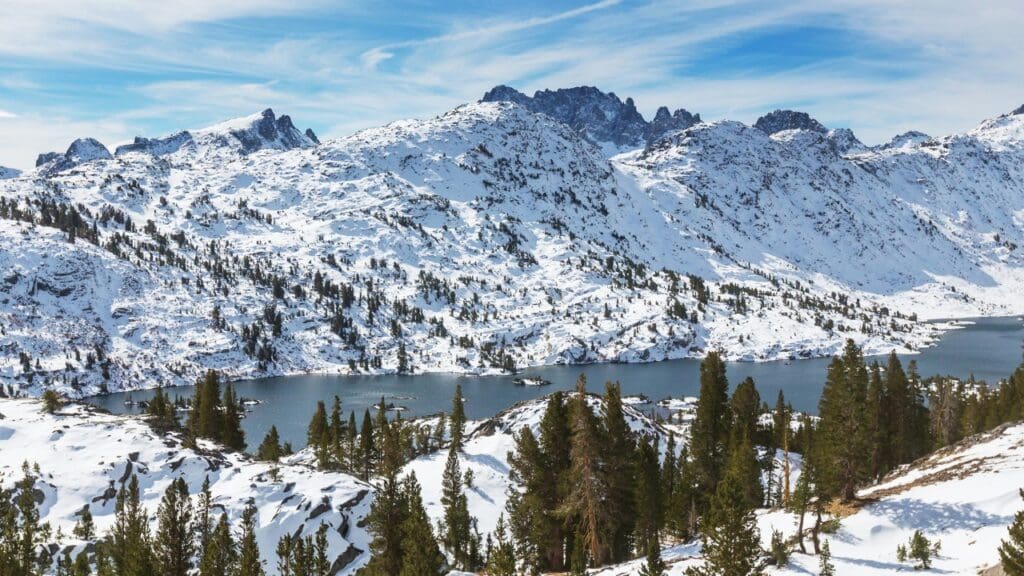
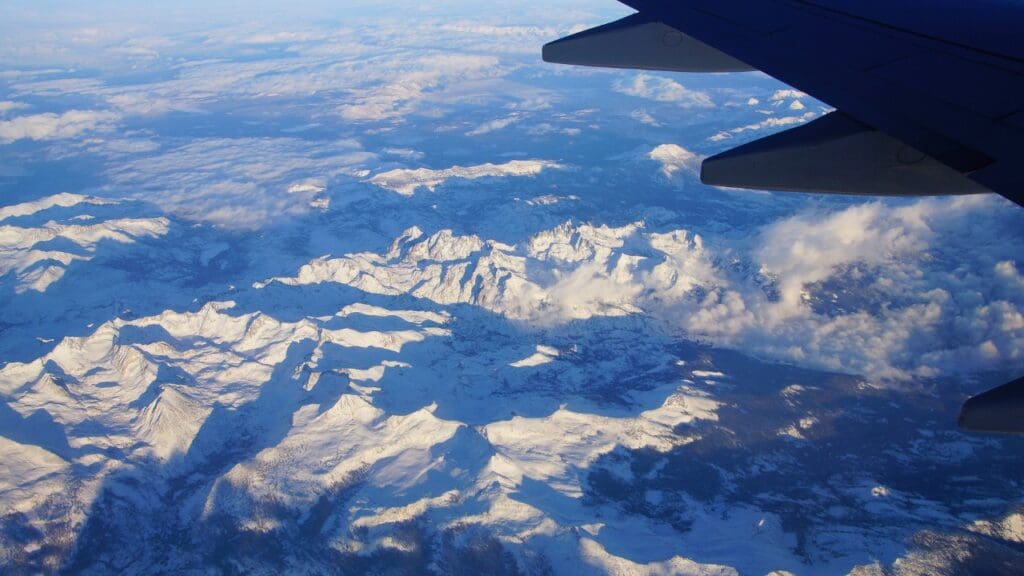
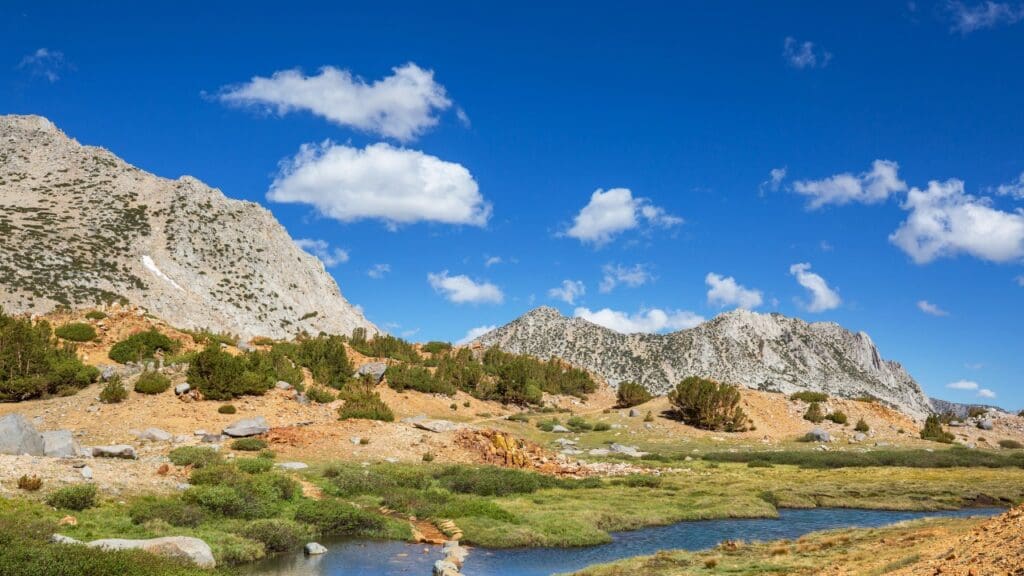
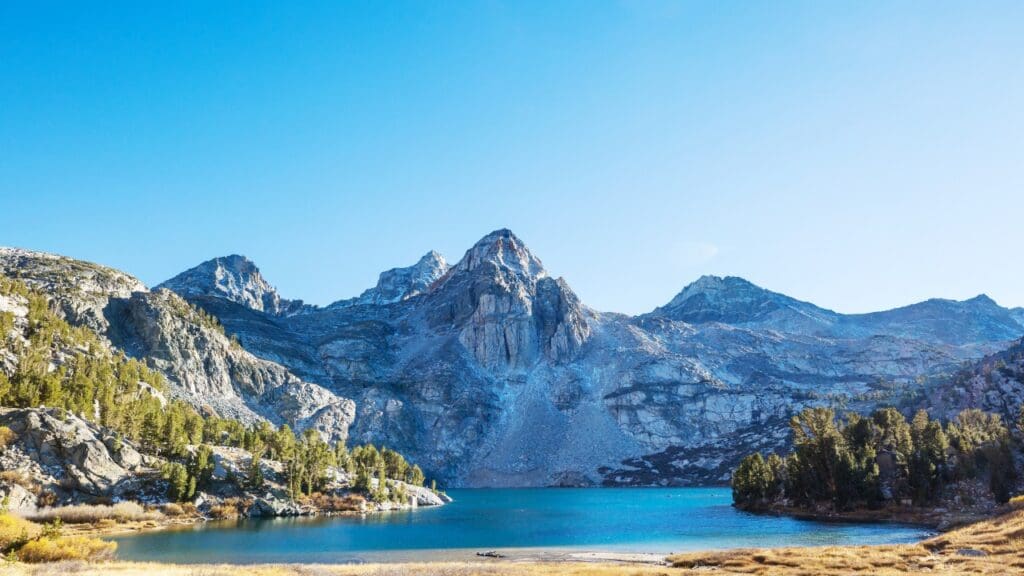
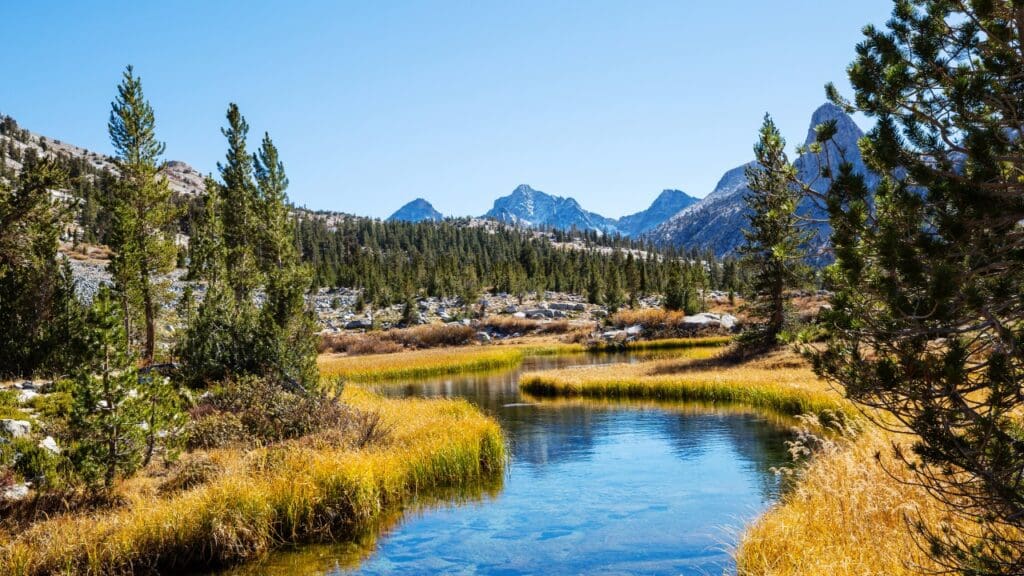
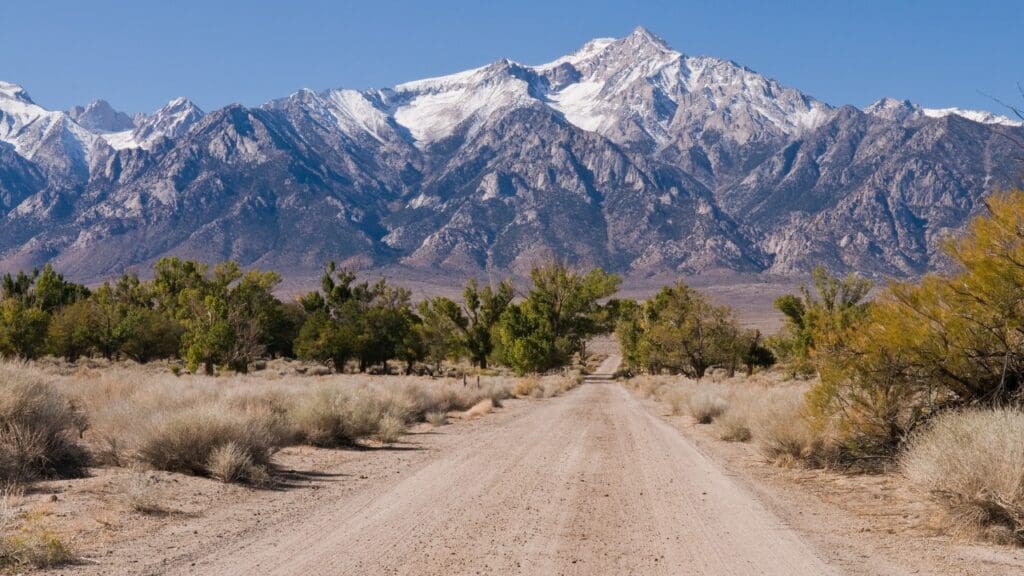
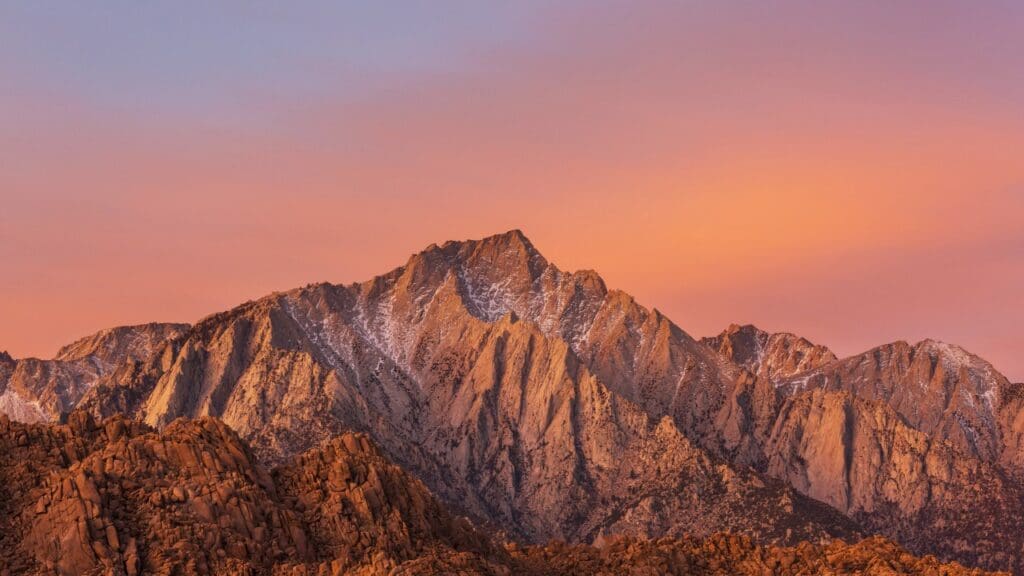
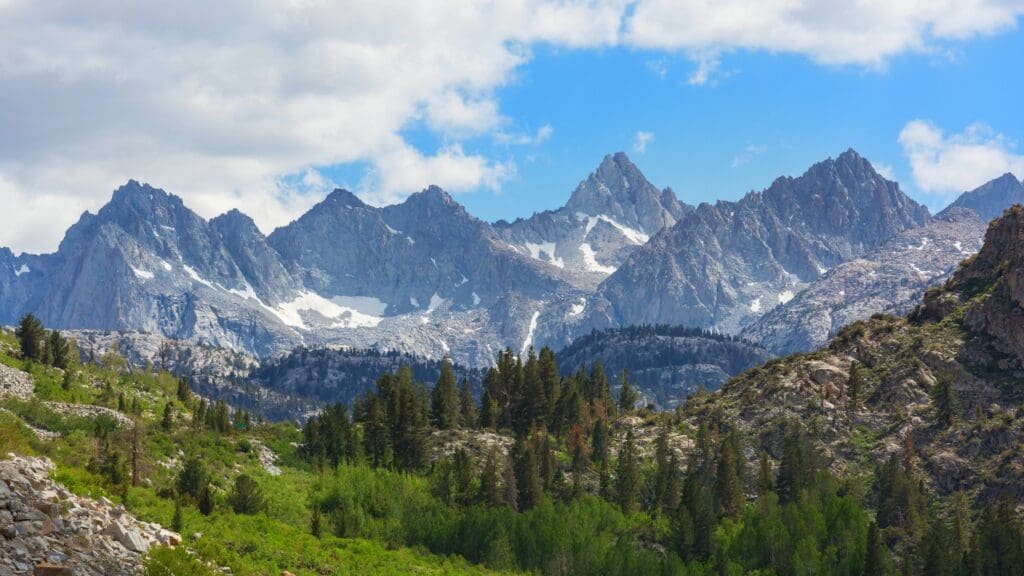
Best Times to Visit:
Each season in the Sierra Nevadas offers a different experience, so the best time to visit depends on your preferred activities.
- Spring (March to May): Spring is a beautiful time in the Sierra Nevada Mountains, with temperatures ranging from 50°F to 70°F (10°C to 21°C) in lower elevations. Snow begins to melt, wildflowers bloom, and waterfalls are at their peak, making it an ideal season for photography and scenic drives.
- Summer (June to August): Summer brings warm temperatures and clear skies, with highs between 70°F to 90°F (21°C to 32°C) depending on elevation. This is the most popular season for hiking, camping, and water sports, especially around Lake Tahoe and Yosemite.
- Fall (September to November): Fall is a quieter time in the Sierra Nevadas, with cooler temperatures and stunning fall foliage in certain areas, such as the June Lake Loop and Bishop Creek Canyon. It’s a great season for hiking and exploring without the summer crowds.
- Winter (December to February): Winter transforms the Sierra Nevadas into a snowy paradise, with temperatures around 20°F to 40°F (-6°C to 4°C) in higher elevations. Ski resorts in Lake Tahoe and Mammoth Lakes come alive, offering skiing, snowboarding, snowshoeing, and other winter sports. However do note that many national parks and roads within the Sierras close down often during this period so check ahead of time as to what’s open.
Things to Do:
The Sierra Nevada Mountains offer a wide variety of activities for outdoor enthusiasts and nature lovers and because they are so large, you can find tons of exploration opportunities just about on any side of angle of the Sierras. Here is a list of the top options in the most popular sections of it:
Hiking: The Sierra Nevadas are known for their scenic hiking trails, ranging from beginner-friendly walks to challenging summits.
Yosemite National Park: The most popular trails across the Sierras are arguably within this park. See Yosemite National Park hikes. Options include Half Dome, Mist and Upper Yosemite Falls trails.
Mount Whitney: The tallest peak in the contiguous United States, Mount Whitney’s 22-mile round-trip trail is a challenging hike with panoramic views. Permits are required and should be reserved in advance.
Emerald Bay State Park: Located near Lake Tahoe, this park offers moderate trails, such as the Rubicon Trail, with views of Lake Tahoe’s crystal-clear waters and scenic Emerald Bay.
Lakes and Water Sports: The Sierra Nevada range is dotted with alpine lakes perfect for water sports, fishing, and relaxation.
Lake Tahoe: Known for its blue waters, Lake Tahoe offers swimming, kayaking, paddleboarding, and boating. Popular beaches include Sand Harbor and Kings Beach.
June Lake Loop: This scenic loop near Mammoth Lakes includes June Lake, Gull Lake, and Silver Lake, offering peaceful spots for fishing, picnicking, and paddleboarding.
Mono Lake: Known for its unique tufa formations, Mono Lake is a surreal destination for photography and offers kayaking and birdwatching.
Skiing and Snowboarding: Winter sports are a highlight of the Sierra Nevada Mountains, with world-renowned ski resorts offering slopes for all skill levels.
Exploring National Parks: The Sierra Nevada Mountains are home to several iconic national parks:
Yosemite National Park: Known for its granite cliffs, waterfalls, and giant sequoias, Yosemite is a must-visit, with highlights including Yosemite Valley, Glacier Point, and Mariposa Grove.
Sequoia and Kings Canyon National Parks: These neighboring parks feature towering giant sequoias, deep canyons, and the impressive General Sherman Tree, the largest tree on Earth by volume.
Scenic Drives: The Sierra Nevadas offer several scenic byways that showcase the region’s natural beauty. Here are just some of the top choices:
-
- Tioga Pass: This high-altitude route through Yosemite National Park offers breathtaking views of granite domes, alpine lakes, and meadows. It’s typically open from late spring to early fall (closed during winter usually).
- Highway 395: Running along the eastern Sierra Nevadas, this highway offers views of towering peaks, hot springs, and access to popular destinations like Mammoth Lakes and Mono Lake.
- Kings Canyon Scenic Byway: This route winds through Sequoia and Kings Canyon, offering dramatic views of cliffs, rivers, and the lush Kings River Canyon. I’ve personally done this entire scenic drive in Kings Canyon National Park and it’s amazing.
Essential Tips:
- Plan for Altitude Changes: Many areas in the Sierra Nevadas, such as Yosemite’s high country and Mammoth Lakes, are located at high elevations. Take it slow if you’re not used to high altitudes, and stay hydrated to help prevent altitude sickness.
- Pack for All Weather: The Sierra Nevadas’ weather can change quickly, especially in the mountains. Even in summer, temperatures can be chilly at higher elevations, so pack layers, including a waterproof jacket.
- Book Accommodations Early: Summer and winter are peak seasons in the Sierra Nevadas, and accommodations, especially within national parks, can book up months in advance. Consider reserving campgrounds, lodges, or hotels well ahead of your visit.
- Wildlife: There’s a lot of it around the Sierras. Have the proper gear for when you explore these areas.
Where to Stay:
Because the Sierra Nevada Mountains are so vast, with multiple national parks and towns around it, you have a lot of options to choose from. Depending on which town you area you’re staying at determines this, but here are the most popular choices:
- Eastern Sierra Nevada hotels
- Yosemite lodging
- Kings Canyon and Sequoia National Park hotels
- Lake Tahoe lodging
Nearby Attractions:
- Bodie State Historic Park: Located near Mono Lake, Bodie is a well-preserved ghost town from the California Gold Rush era, offering a fascinating glimpse into the past.
- Hot Springs: The eastern Sierra Nevadas are home to several natural hot springs, including Travertine Hot Springs near Bridgeport and Wild Willy’s Hot Springs near Mammoth Lakes.
- Lake Tahoe: Just a short drive from the northern Sierra Nevadas, Lake Tahoe offers water sports, casinos, and year-round events, making it a great addition to any trip.
- Alabama Hills: These are located on the south eastern section of the Sierras. The Alabama Hills are an awesome place to explore for remote, outdoor adventures and from there you can get amazing views of the Sierras as well.
Final Things to Know:
The Sierra Nevada Mountains offer endless opportunities for adventure, relaxation, and connection with nature. Whether you’re hiking through Yosemite, skiing at Mammoth, or simply taking in the views along a scenic drive, the Sierra Nevadas are likely to give you an unforgettable journey whichever way you decide to explore it and I hope that this guide has helped with that!

